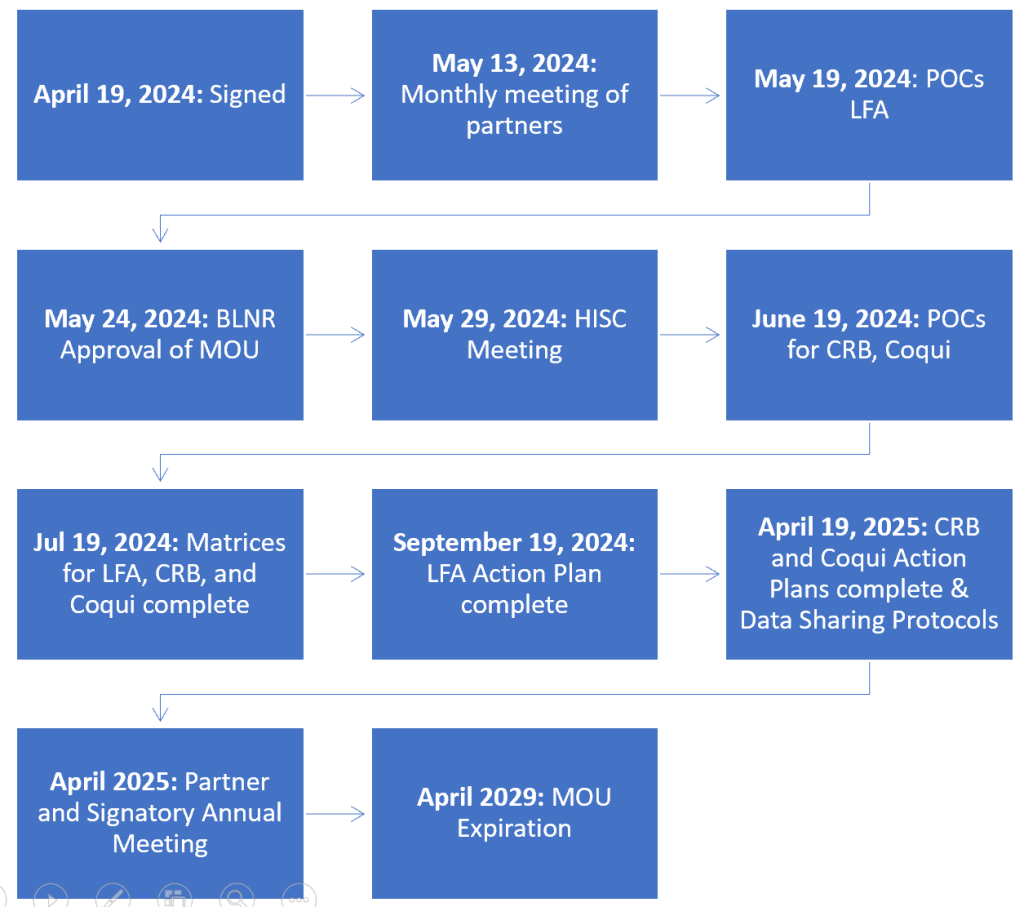2024 MOU for High Priority Pests
2024 Interagency Memorandum of Understanding for the Prevention, Rapid Response, and Control or Eradication of High Priority Pests
The “Interagency Memorandum of Understanding for the Prevention, Rapid Response, and Control or Eradication of High Priority Pests,” is a joint agreement among the Hawaiʻi Department of Agriculture (HDOA), the Department of Land and Natural Resources (DLNR), and the University of Hawaiʻi (UH). Together, these signatories are committed to tackling the threats posed by invasive high priority pests such as the coqui frog, little fire ant, and coconut rhinoceros beetle.
“This collaborative approach is crucial for protecting Hawaiʻi’s agriculture, natural ecosystems, and public health from the adverse effects of invasive species.”
🤝 Scope and Mutual Benefits The scope of this MOU encompasses strengthening statewide coordination, communication, and collaboration among all involved partners. The agreement will be reviewed and updated annually to ensure it remains relevant and effective in addressing current pest management challenges. By pooling resources and expertise, the partners can work more efficiently, avoid duplicative efforts, and enhance their collective ability to protect Hawaii’s diverse environments and communities.
🔑 Key Agreements To achieve the MOU’s goals, several key agreements have been outlined. The partners will hold regular meetings on a monthly, quarterly, and annual basis to coordinate and evaluate their actions. They will develop action and response plans for each county within specified timelines to address the particular threats posed by high-priority pests. Additionally, the partners will establish standards and protocols for data sharing and confidentiality, ensuring information exchange and effective pest management strategies. Consistent survey and treatment protocols will be implemented across the board to maintain high standards in pest control efforts.
🔬 Research and Public Communications Recognizing the importance of research and development, the MOU emphasizes the need for ongoing research projects to develop new tools and technologies for pest management. The partners are dedicated to supporting these research initiatives and integrating new findings into their strategies. Public communication is also a critical component, with the partners collaborating on shared messaging and public communication protocols to keep the community informed and engaged in pest control efforts.
⚖️ Legal and Administrative Provisions The MOU includes detailed legal and administrative provisions that govern the partnership. These provisions address applicable laws, liability, termination, amendments, and other legal considerations, ensuring that the collaborative efforts are conducted smoothly and effectively.
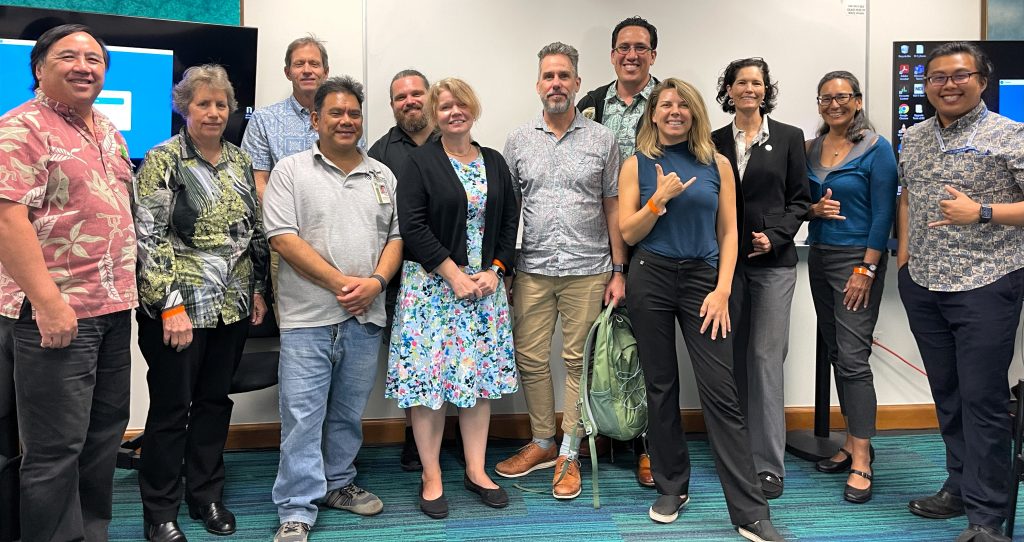
Partners from multiple agencies worked collaboratively on the MOU creation and steps for implementation. From left right: Bryan Yee (AG), Suzanne Case (UH), Darcy Oishi (HDOA), Dave Smith (DLNR), Stephanie Easley (CGAPS), Nate Dube (OISC), Rob Hauff (DLNR), Sen. Jarrett Keohokalole, Chelsea Arnott (HISC), Rep. Lisa Marten, Christy Martin (CGAPS), Frankie Empeno (Sen. Keohokalole office).
🐜 Partners and High-Priority Pests The partnership involves several key agencies and organizations, each with distinct roles in invasive species management:
- Hawaii Department of Agriculture (HDOA): Implements Hawaiʻi’s biosecurity program and regulates pest control activities. The Plant Industry Branch, through its Plant Quarantine and Plant Pest Control Branches, monitors and manages the entry and establishment of pests.
- Department of Land and Natural Resources (DLNR): Manages and protects Hawaiʻi’s natural resources. The Division of Forestry and Wildlife (DOFAW) oversees various programs for controlling established invasive species in natural areas.
- Hawaiʻi Invasive Species Council (HISC): Administered by DLNR, HISC provides policy-level direction, coordination, and planning among state departments and other stakeholders.
- University of Hawaiʻi (UH): Conducts research and provides extension services related to invasive species management. This includes:
- College of Tropical Agriculture and Human Resources (CTAHR): Offers research, educational programs, and cooperative extension services focused on agriculture and natural resource management.
- Pacific Cooperative Studies Unit (PCSU): Facilitates collaborative efforts among different agencies and organizations.
- Island Invasive Species Committees (ISCs): Island-based coalitions focusing on early detection and control of high-threat species.
- Hawaiʻi Ant Lab (HAL): Specializes in developing ant treatment methodologies and eradicating invasive ants.
- Coordinating Group on Alien Pest Species (CGAPS): A statewide coalition working to close gaps in Hawaiʻi’s invasive species programs.
- Coconut Rhinoceros Beetle Response Program: Focuses on research, public information, and management of the coconut rhinoceros beetle.
Together, these agencies and organizations are addressing the significant threats posed by high-priority pests such as the coqui frog, little fire ant, and coconut rhinoceros beetle, which threaten Hawaiʻi’s ecosystems and agricultural productivity.
MOU Signatories & Partners:
 DLNR (Signatory) DLNR (Signatory) |
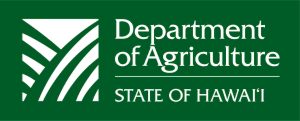 HDOA (Signatory) HDOA (Signatory) |
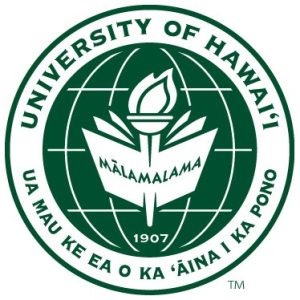 University of Hawaiʻi (Signatory) University of Hawaiʻi (Signatory) |
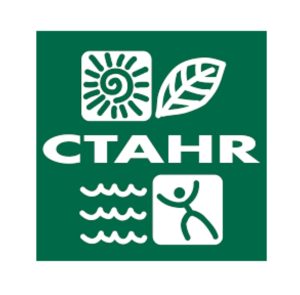 CTAHR CTAHR |
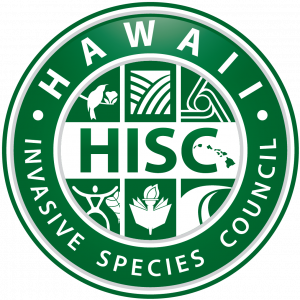 HISC HISC |
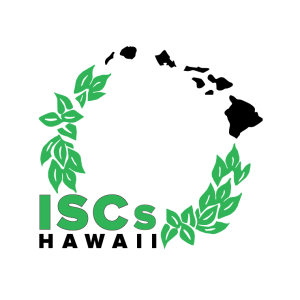 Island Invasive Species Committees Island Invasive Species Committees |
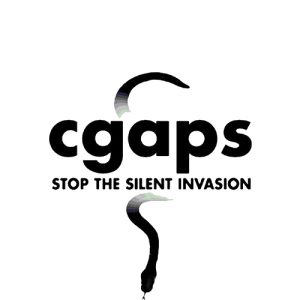 CGAPS CGAPS |
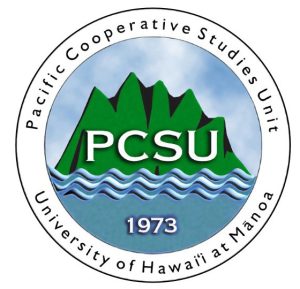 UH Mānoa PCSU UH Mānoa PCSU |
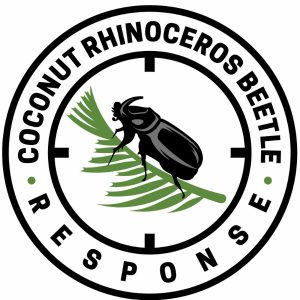 CRB Response CRB Response |
 HAL HAL |
Download full MOU here:
2024 Memorandum of Understanding for High Priority Pests (PDF)

